In recent years, generative AI applications have emerged as a transformative force across various sectors, bringing innovation and efficiency to previously unimaginable levels. From content creation to personalized experiences, the scope of generative AI applications is vast and continuously evolving. This blog post will delve deep into how generative AI applications are reshaping industries, provide practical examples, and explore the future potential of these technologies.
What Are Generative AI Applications?
Generative AI applications leverage advanced algorithms and models to create content, simulate scenarios, and solve complex problems. Unlike traditional AI, which might only recognize patterns or make decisions based on pre-existing data, generative AI can produce novel outputs, whether they be text, images, music, or even complex 3D models. This ability to generate new data is what sets generative AI applications apart and drives their transformative potential.
For a comprehensive understanding of generative AI applications, check out this overview by IBM.
How Generative AI Applications Are Revolutionizing Industries
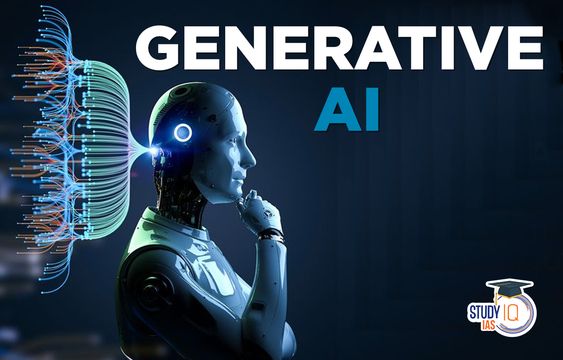
1. Content Creation and Media
One of the most impactful generative AI applications is in the realm of content creation. From writing articles to generating creative visuals, AI models like OpenAI’s GPT-4 and DALL-E are at the forefront. These tools enable creators to produce high-quality content rapidly, transforming workflows in journalism, marketing, and entertainment.
For instance, Jasper is an AI-powered tool that helps writers generate high-quality content efficiently. By leveraging generative AI applications, Jasper can assist in crafting blog posts, social media content, and even ad copy, saving time and enhancing productivity.
2. Healthcare and Drug Discovery
In healthcare, generative AI applications are making significant strides. AI algorithms are being used to predict protein structures, simulate drug interactions, and even create new drug compounds. This accelerates the drug discovery process and enhances the development of personalized medicine.
A notable example is DeepMind’s work with AI to predict protein structures. Their technology uses generative models to understand and predict how proteins fold, a crucial aspect of developing new treatments.
3. Finance and Trading
Generative AI applications in finance involve creating predictive models that can simulate market conditions and forecast trends. These models help traders and financial analysts make more informed decisions by generating scenarios based on historical data and market variables.
Goldman Sachs has incorporated AI models to analyze financial markets, allowing for more accurate predictions and risk assessments.
4. Education and Personalized Learning
In education, generative AI applications are enhancing personalized learning experiences. AI systems can create customized learning materials, generate practice questions, and provide feedback tailored to individual student needs. This personalization helps in addressing diverse learning styles and paces.
Duolingo utilizes AI to personalize language learning experiences, adapting to the learner’s progress and preferences.
5. Entertainment and Gaming
The gaming industry has seen a revolution thanks to generative AI applications. AI can generate realistic game environments, design characters, and even create new levels and quests, enhancing player experiences.
For example, NVIDIA’s AI technologies are used to create lifelike graphics and immersive experiences in gaming, demonstrating the power of generative AI applications in the entertainment sector.
Real-World Applications of Generative AI
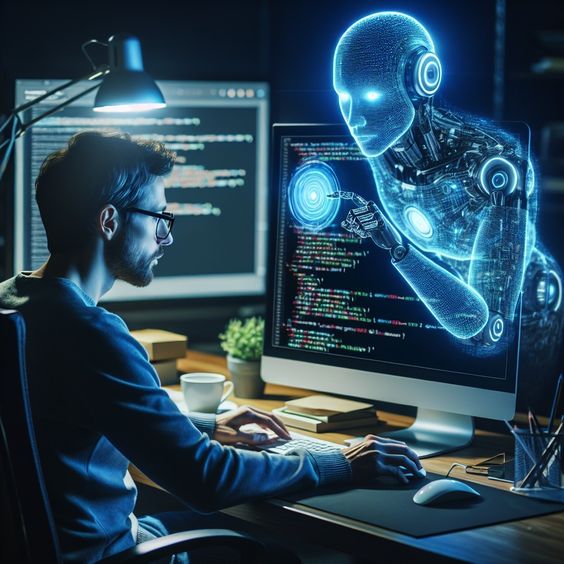
1. Art and Design
Artists and designers are increasingly turning to generative AI applications to push the boundaries of creativity. AI tools can generate art, design patterns, and even assist in creating new fashion trends. This collaboration between human creativity and AI-generated designs results in unique and innovative outcomes.
Artbreeder is a platform where users can create and explore new art forms using AI, showcasing the creative potential of generative AI applications.
2. Music Composition
Music composition is another area where generative AI applications are making waves. AI can create original compositions, suggest melodies, and even emulate the styles of famous composers. This opens up new possibilities for musicians and composers.
Amper Music is an AI-driven platform that helps users compose and produce music, demonstrating the role of AI in the creative process.
3. Text Generation and Translation
Text generation and translation have been significantly enhanced by generative AI applications. AI models can write essays, generate reports, and provide real-time translation services, breaking down language barriers and improving communication.
Google Translate uses advanced AI techniques to provide accurate translations, highlighting the impact of generative AI applications on global communication.
The Future of Generative AI Applications

The future of generative AI applications is incredibly promising. As technology continues to advance, we can expect even more sophisticated models capable of generating highly realistic and contextually accurate content. These advancements will likely lead to further innovations in fields such as virtual reality, augmented reality, and human-computer interaction.
Moreover, the ethical considerations surrounding generative AI applications will become increasingly important. Ensuring that AI-generated content is used responsibly and does not propagate misinformation or harm will be a key focus moving forward.
For insights into the ethical aspects of AI, refer to AI Ethics by the AI Now Institute.
Frequently Asked Questions (FAQs)
1. What are generative AI applications?
Generative AI applications use advanced algorithms to create new content or data. Unlike traditional AI, which might analyze or categorize existing information, generative AI can produce new outputs such as text, images, or music based on learned patterns.
2. How do generative AI applications work?
Generative AI applications typically use models like Generative Adversarial Networks (GANs) or Transformer models. These models are trained on large datasets and learn to generate new data that mimics the patterns and characteristics of the training data.
3. What are some common examples of generative AI applications?
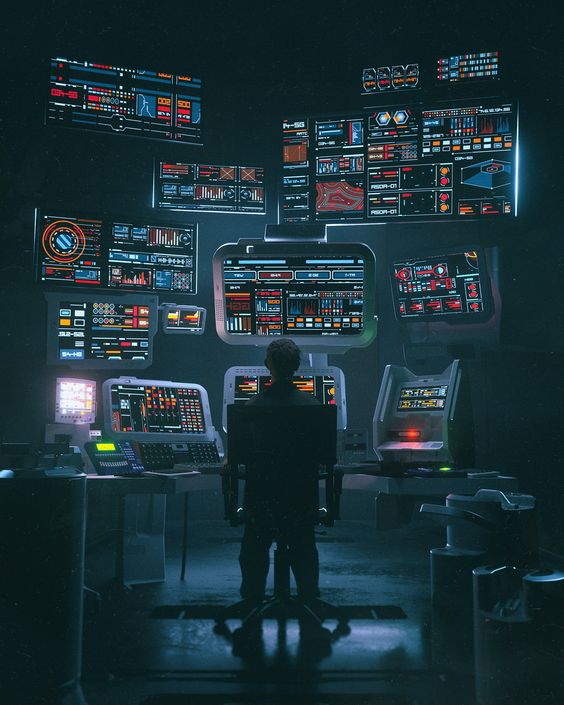
Common examples include AI-powered content creation tools like Jasper, image generation models like DALL-E, and text generation systems like GPT-4. These tools are used in various fields including marketing, healthcare, and entertainment.
4. How are generative AI applications used in healthcare?
In healthcare, generative AI applications can predict protein structures, simulate drug interactions, and assist in the development of new medications. This helps accelerate drug discovery and personalize medical treatments.
5. Can generative AI applications create art?
Yes, generative AI applications can create art. Tools like Artbreeder use AI to generate unique visual art, combining and modifying existing images to produce new and innovative designs.
6. Are there any ethical concerns with generative AI applications?
Yes, there are several ethical concerns, including the potential for misuse in creating deepfakes, generating misleading information, or infringing on intellectual property rights. Ensuring responsible use and addressing these concerns is crucial as the technology advances.
7. How is generative AI applied in the finance industry?
Generative AI applications in finance involve creating predictive models that simulate market conditions and forecast trends. This helps analysts and traders make informed decisions based on simulated scenarios and historical data.
8. What role does generative AI play in education?
In education, generative AI applications personalize learning experiences by creating customized educational materials, generating practice questions, and providing tailored feedback based on individual student needs.
9. How does generative AI contribute to music composition?
Generative AI can compose original music, suggest melodies, and emulate the styles of various composers. Platforms like Amper Music use AI to assist musicians in creating new compositions and productions.
10. What are some challenges associated with generative AI applications?
Challenges include the potential for generating biased or harmful content, ensuring data privacy, and the need for extensive computational resources. Addressing these challenges is essential for the responsible development and deployment of generative AI technologies.
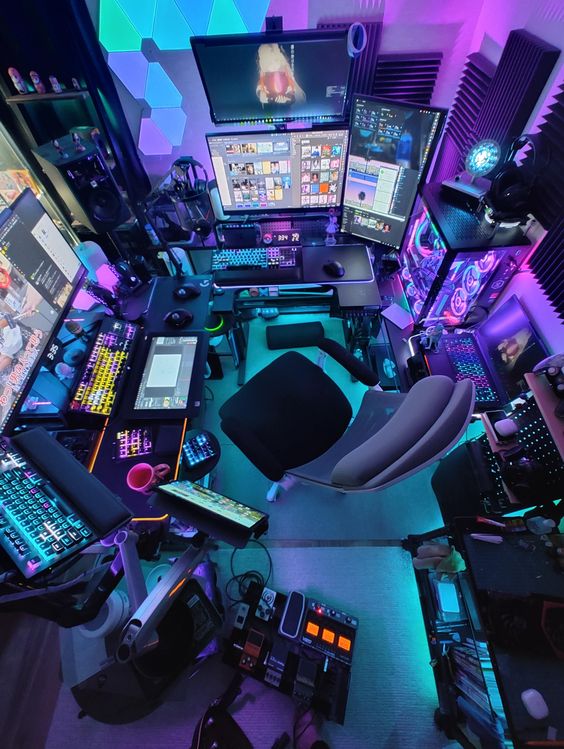
Conclusion
Generative AI applications are revolutionizing a multitude of industries, offering new tools and possibilities that were previously the realm of science fiction. From content creation to drug discovery, and from personalized learning to gaming, the impact of generative AI applications is profound and far-reaching. As we continue to explore and develop these technologies, the future promises even greater innovations and opportunities.
By understanding and leveraging generative AI applications, businesses and individuals can stay ahead of the curve, harnessing the power of AI to drive creativity, efficiency, and progress in their respective fields.
If you’re interested in exploring more about generative AI applications, you might find the following resources useful:
- OpenAI’s Overview of Generative Models
- MIT Technology Review’s AI Section
- Harvard Business Review on AI Applications
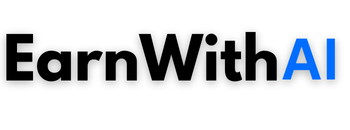

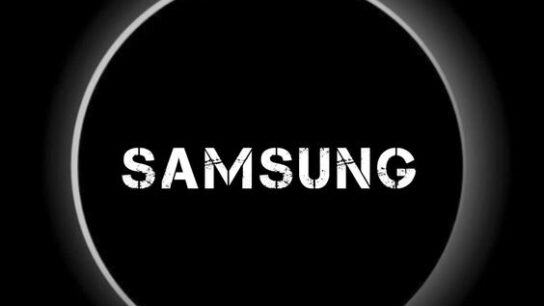
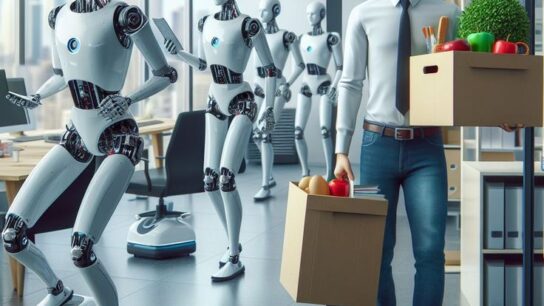

[…] FOR NEXT POST CLICK HERE […]